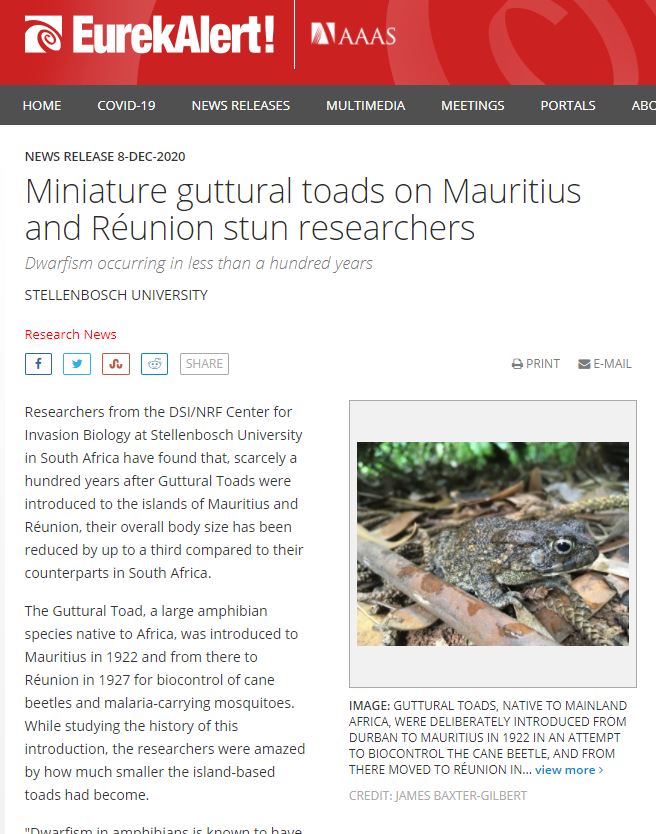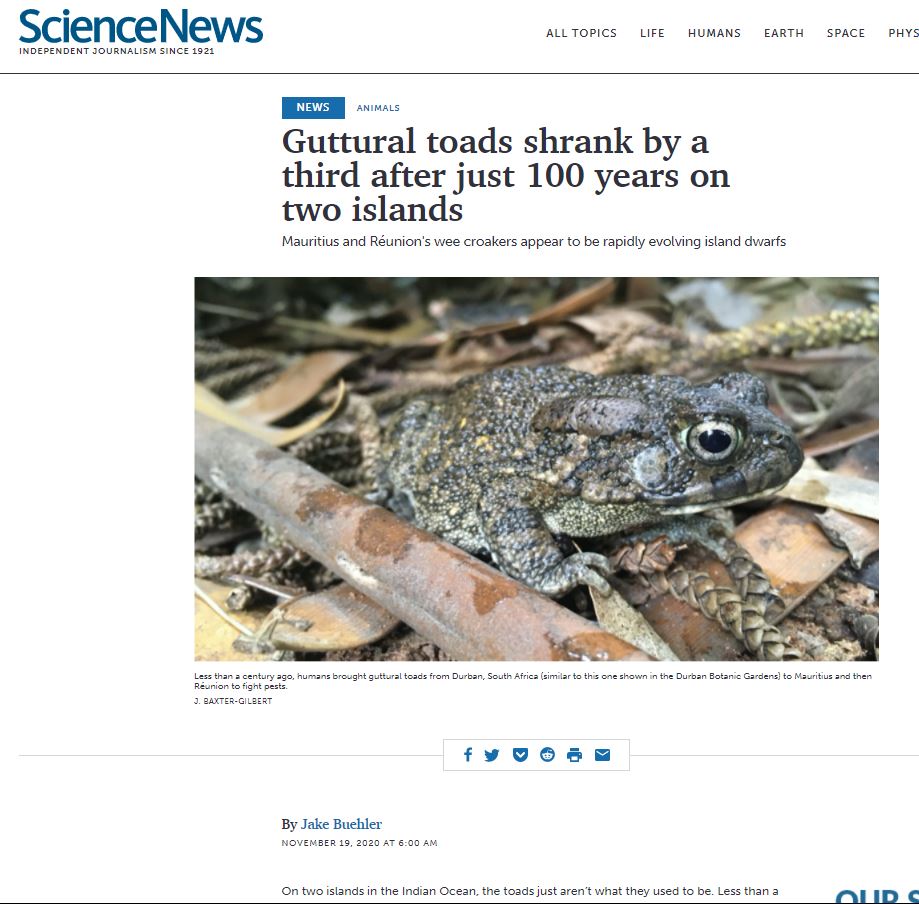Responding to reviewers’ comments with a rebuttal
Whether the decision you receive is Minor or Major Revision, or even Reject and Resubmit, you will be required to respond to the reviewers’ comments. There are several points that it’s worth bearing in mind as you do this.
Reviewers’ comments can come across as harsh, upsetting and even rude and arrogant. While it isn’t ok for reviewers to be rude, it does sometimes happen. Remember that the reviewers are humans, and they have sat down and given freely of their own time to read your work. The most important thing to be aware of is that all they had was what you had written. No background information, and possibly no information about the species or the system involved. They will be experts at some level, but perhaps not the type you might expect. Importantly, the editor asked them because they thought that their opinion would be of importance in helping them make their decision on your paper. This means that you also need to respect their opinion and comments, even if you don’t agree with them or find them to be offensive, arrogant or even rude. Remember also that some apparent rudeness may just be a reviewer who has a sense of humour that you don’t understand. There are lots of examples of this oneShitMyReviewersSay. So no matter what you think of each comment, you should respond to it in a professional and courteous manner that shows that you are a professional scientist.
Why do scientists make disparaging or unprofessional remarks to their colleagues in peer review? Whenever two or three scientists get together, you hear tales of recent woes associated with peer review. The retelling of such stories is all part of the collective, cathartic unburdening of what can be a traumatic experience especially when we put so much effort into each piece of work (see Hyland & Jiang 2020). Reading through a lot of these reviewers’ comments, I can see that there is an attempt at humour (seehere). This humour is not appreciated by those who receive the reviews. Perhaps I understand the humour, because I also come from that same culture that dominates STEM, but that is not understood or even recognised as humour by others. Writing humorous reviews is unprofessional, especially if it is used to accentuate negative aspects. Needless to say, we could all do without unprofessional reviews. But this problem with peer review is illustrative of the problems at our meetings; we need to be more inclusive.
What to do when you receive your reviewer comments
Your reviewer comments will arrive in an email when you are busy doing something else. If you have time to read them the same day, then my suggestion is that you read without trying anything further. Remember to forward them to your advisor as soon as possible. Simply read the comments and then close the email and mark it for further attention the next day. Your writing is very personal to you, and you might be surprised at just how hurtful it can feel to have someone critique your writing (and your experiment) without holding back. If you’ve not experienced this before, then prepare yourself. No matter how much effort you put into your text, sending it out for peer review is a really high bar. Make an appointment with your advisor. Whether good, bad, or bizarre, it is best to set aside some time to read through the comments carefully, so that you can respond.
Once you’ve found the time in your week, sooner is better than later, sit and read the comments again. Normally, they will sound much better, and less harsh, on the second read. They will seem far more approachable than when you first read them. Most reviews will have a set of major (when applicable) and minor comments that you need to address from each reviewer. Try sketching a few responses down to the major revision comments before your meeting with your advisor. The easiest way to do this is to copy all of the comments from the email (together with those of the editor), and paste them all into a fresh document. Use a different colour text or a clear set of symbols (e.g. >>>>) to indicate which text is your responses and which is the reviewers or editors. If it isn’t clear, then the editor may well get confused about what is the comment and what is the rebuttal. One of the best ways I’ve seen of doing this was to make a table with all the comments in one column (each on a separate row), and the author responses in a new column.
Sketch out your responses to the major comments, and use a tick if you are happy with making the suggested minor comments. If there are comments that you don’t know how to handle, simply leave them with a question mark. By making this start before you meet with your advisor, you will have an idea of what is likey to be difficult to tackle in the revision. Even if you’ve received a rejection with reviewers’ comments, it’s well worth having this same meeting with your advisor so that you can decide together what to do next. At the end of the meeting with your advisor, you should have a clear idea of how to handle all of the comments, or where to go, what to read or who to talk to (perhaps another co-author), to sort out those you don’t know. Together with your advisor, decide whether you need to send out the journal decision to co-authors now, or wait until you have your rebuttal ready to circulate. For me this decision is largely based on how much time the revision is likely to take: if it’s quick, rather send the revision and rebuttal together with the decision.
Next, when you sit down to write the rebuttal and revise the document, you need to make sure that you have pressed “track changes” on the submitted version of the manuscript. I find it easiest to have both the rebuttal letter and the revised manuscript open side by side on the screen. As you revise the manuscript in response to the comment, make a note to mark that it’s done in the rebuttal letter. Mark any comments that you don’t do. Your revision is written as a rebuttal to the editor. While you don’t write your comments back to the reviewer, it is worth bearing in mind that the reviewer is likely to read them.
- Do make a note of the line number where the revision is made (note that these can shift around in the revision
- If you have reworded the text, do copy and paste that rewording into the rebuttal using quotes and corresponding line numbers.
- Simply use a word like “done” to indicate changes on minor comments.
- Do be polite with your responses, but you don’t get any extra points for wordy thankfulness or praise. So keep it succinct and to the point.
- Signal that you agree with the comment and that you have made a change to the text.
- Do bear in mind that your reviewer is a human, and was likely operating under less than ideal conditions when reading your manuscript. They could have been getting constant interruptions. They could have been reading it after having read another three manuscripts. They could suffer from insomnia and read it in the middle of the night with no sleep for a week. Give the reviewer the benefit of the doubt.
- Do thank your reviewers and editors in your acknowledgements. They’ve been working and doing the best for your manuscript without any thanks other than what you will give them. So give them a boost and help make their day that much brighter.
What if you don’t agree with a reviewer?
Most of the time, reviewer comments are sensible, helpful and genuine attempts at improving the quality of your contribution. If you don’t agree with particular points, try skipping them and moving ahead with the easy points or those that you do agree with. Discuss any points that you don’t agree with your advisor. Try to get another perspective on the comment. Do your best to try to see the comment from the reviewers standpoint.
For example, a reviewer might ask for details on a point in the methods, but they are mentioned in another section of the methods. This is a cue for you to add a flag to that point in the manuscript. For example, write “see section 2.2.3 for an explanation of how this was done”.
If a reviewer has made a comment that says that they don’t understand something, this means that you need to make a change in your text so that the text is easier to understand. If they don’t understand, then it could be that more people don’t understand and you want your text to be understood by all people that are reading it, so make a change.
If you and your advisor both don’t agree, then make it clear what exactly you don’t agree with. Again, try to see it from the reviewer’s perspective and write a courteous and clear explanation of why they might have misunderstood or misinterpreted what was written. Remember that the reviewer is likely to read exactly what you write in your rebuttal. Your job is to professionally explain why you don’t agree. Forget any of the emotion that you might believe to be there. Revert back to professionalism, because you are a professional.
When reviewers don’t agree
Normally, you will have two reviews (possibly three depending on the journal policy) and comments from the Associate Editor (AE). The AE acts as a judge given the opinions of the reviewers, and so if the reviewers disagree, the AE should suggest the correct direction for you to take. Sometimes this means that the AE will consulta third reviewer(and occasionally even more reviewers). See the chapter below on why it is important for editors to read your work. If the AE gives you no direction (as is increasingly the case) then make this decision with your advisor and indicate to the AE the conflict between the reviewers and the reason why you’ve chosen the direction you have.
What if you feel that your reviewer is being unprofessional?
If you really feel that a reviewer is being unprofessional, it is worth flagging this with the editor. I would say that I’ve never had to do this myself, but I am aware that there is some unprofessional behaviour out there (I’ve seen it on ShitMyReviewersSay). Discuss it with your advisory, but here are two alternatives:
- If it’s just one or two comments, then simply state that you don’t feel that the comments are worthy of a response. Ask the reviewer to try again, or ask the editor to interpret the comment for you.
- If it is every comment from one reviewer, write an email to the handling editor and ask for their guidance. They will flag it with the editor and come back with a solution for you.
Appealing against a decision that you think is unfair
From time to time, a decision comes from an editor that is clearly unfair. I’ve had a few. As I’ve mentioned before, scientists are humans and humans do have biases that manifest into their professional lives. This is the reason for double-blind review. Scientists in STEM are predominantly white and male, and express the views of this minority but powerful group. Their prejudices do manifest in their decisions, and it is important to push back against this when you feel that this is the reason for a decision.
Most (good) journals will have an appeals process and you should look this up and see what’s involved. While doing this, it is worth reviewing the journal’s policy on how they handle manuscripts; again good journals should have a clear policy. Of all the rejections and poor decisions I’ve had on my manuscripts over the years, I’ve only felt that decisions were unfair and worth appealing less than a handful of times.
Normally, an appeal is made to the editor in chief. Be very clear about why you are appealing and what in the decision does not tally with the journal’s own policy. Remain professional and detached from the decision itself, and instead appeal on how the journal’s own policy was not followed. For example, a journal may have a policy that the editor will sum up the reviewers’ comments and use this as the basis for their decision. If the editor seems to have sided with one reviewer while not considering others, this can be the basis of an appeal.
Any appeal should be agreed with your advisor and the other co-authors before sending it.
Further Reading
Hyland, K. and Jiang, F.K., 2020. “This work is antithetical to the spirit of research”: An anatomy of harsh peer reviews. Journal of English for Academic Purposes, 46.












